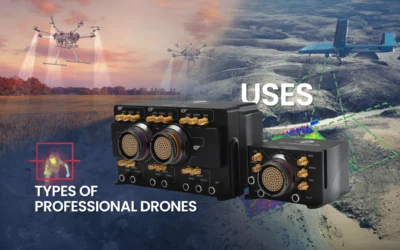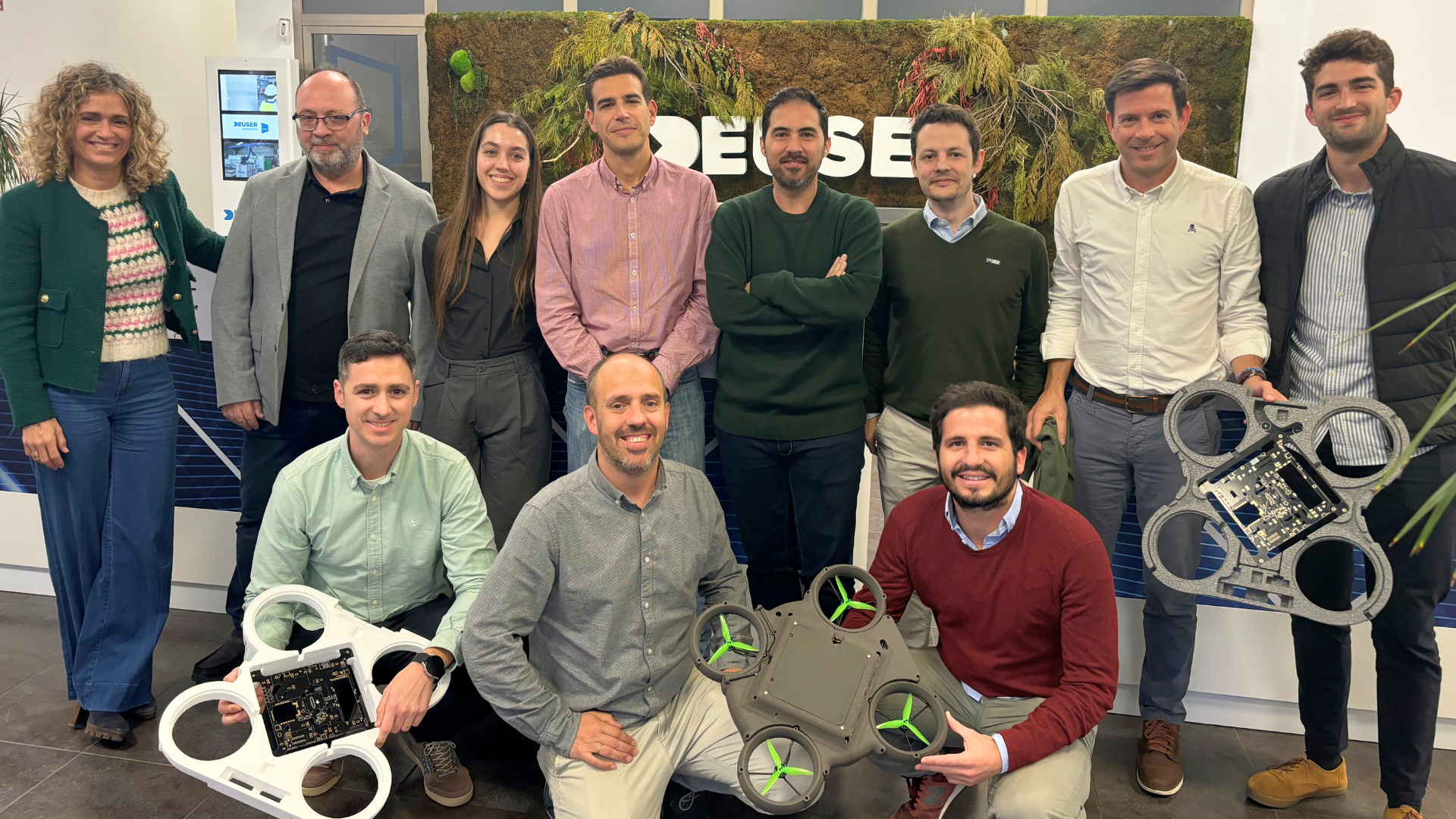Technological advancements in aviation have led to the development of aerotaxis, aerial vehicles designed for passenger transport in urban environments. These innovative means of transportation promise to significantly reduce travel times and alleviate ground traffic congestion. However, should aerotaxis be 100% autonomous or manually piloted?
Autonomous Aerotaxis
Autonomous aerotaxis offer a futuristic vision of urban air mobility. These self-piloted vehicles can fly without human intervention, using sensors, control systems, and navigation systems to plan routes, avoid obstacles, and manage takeoffs and landings safely. The main advantage of this approach is the elimination of human error, potentially reducing accidents and improving operational efficiency. This can lower operating costs by enabling the development of smaller vehicles and eliminating the need for an onboard pilot. Additionally, this autonomy allows for continuous operation without the need for pilot breaks, optimizing the use of time and resources.
However, this technology still faces significant challenges, especially regarding regulatory frameworks. The reliability of autonomous systems must be extremely high to ensure safety in all possible scenarios, from adverse weather conditions to technical failures. Moreover, public perception of autonomous vehicles is a barrier to overcome, as many people still distrust placing their safety in the hands of an autopiloted system.
Aerotaxis with Manual Control Option
On the other hand, aerotaxis with manual control offer a hybrid approach. These vehicles can fly autonomously under normal conditions but allow for human intervention at any point during the flight, including critical or emergency situations.
This fly-by-wire control mode resembles conventional aerial systems, facilitating the acquisition of necessary certifications for their operation. These hybrid systems (automatic control & fly-by-wire) can serve as a transition toward full autonomy.
Autopilots for eVTOL and Certification
Analyzing the control options for aerotaxis, Embention stands out as a leading company in the autonomous aerial vehicle sector. This Spanish company is prepared to face these new challenges with its Veronte Autopilot 4x, a redundant flight control system. The autopilot 4x is designed to provide precise and reliable control for both manual fly-by-wire flights and autonomous flights. The redundant architecture of the autopilot is designed to avoid single points of failure. Additionally, this system features a robust architecture to ensure safety at all stages of flight, offering a secure transition to full autonomy, whether with multirotors, helicopters, airplanes, VTOL or any other hybrid aircraft configuration.
Furthermore, the autopilot 4x has been designed to comply with manned aviation certification standards. Compliance with DO178C, DO254, and DO160 certification standards provides the necessary airworthiness evidence to face the certification of eVTOL vehicles, moving closer to the main goal of populating our skies with autonomous aerial vehicles.
In conclusion, while autonomous aerial vehicles represent the future of air mobility, the fly-by-wire control option provides an intermediate solution that can facilitate acceptance and ensure safety in the short term. Companies like Embention are at the forefront of these revolutionary systems, developing technologies that enable this duality, ensuring that the future of air transport is both innovative and safe.















